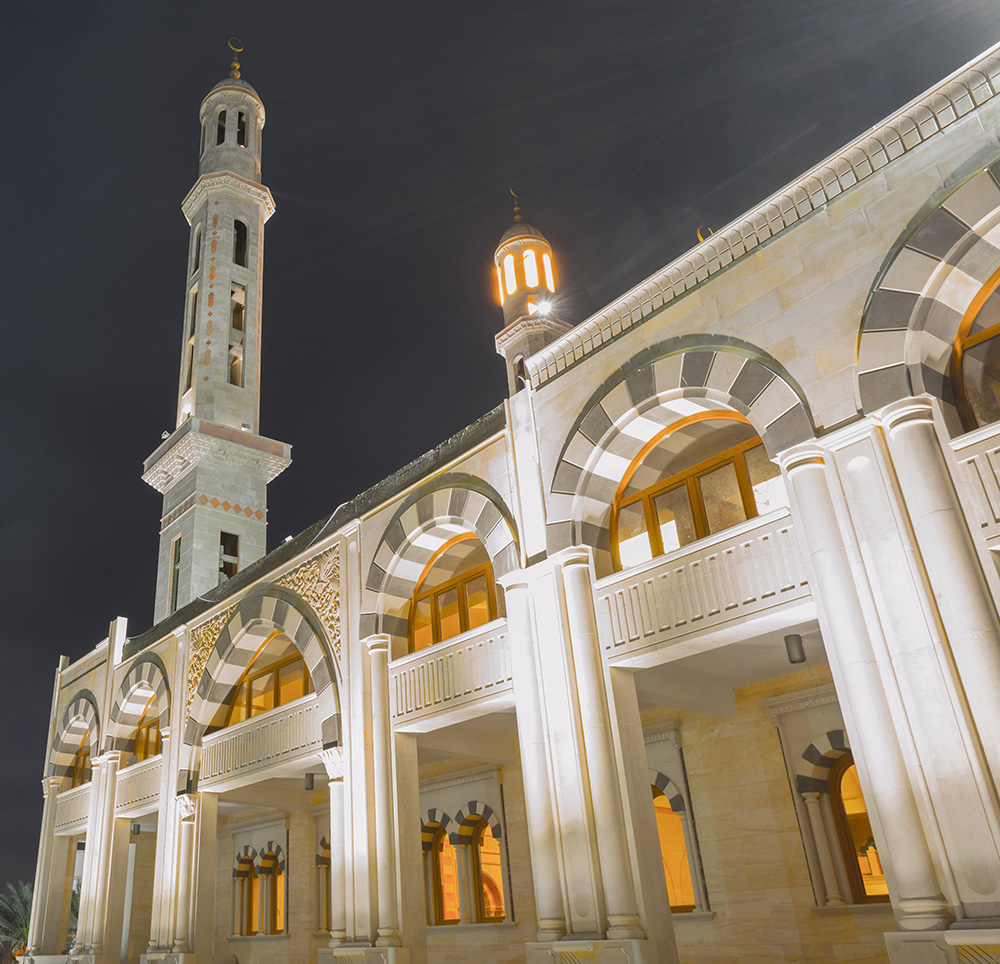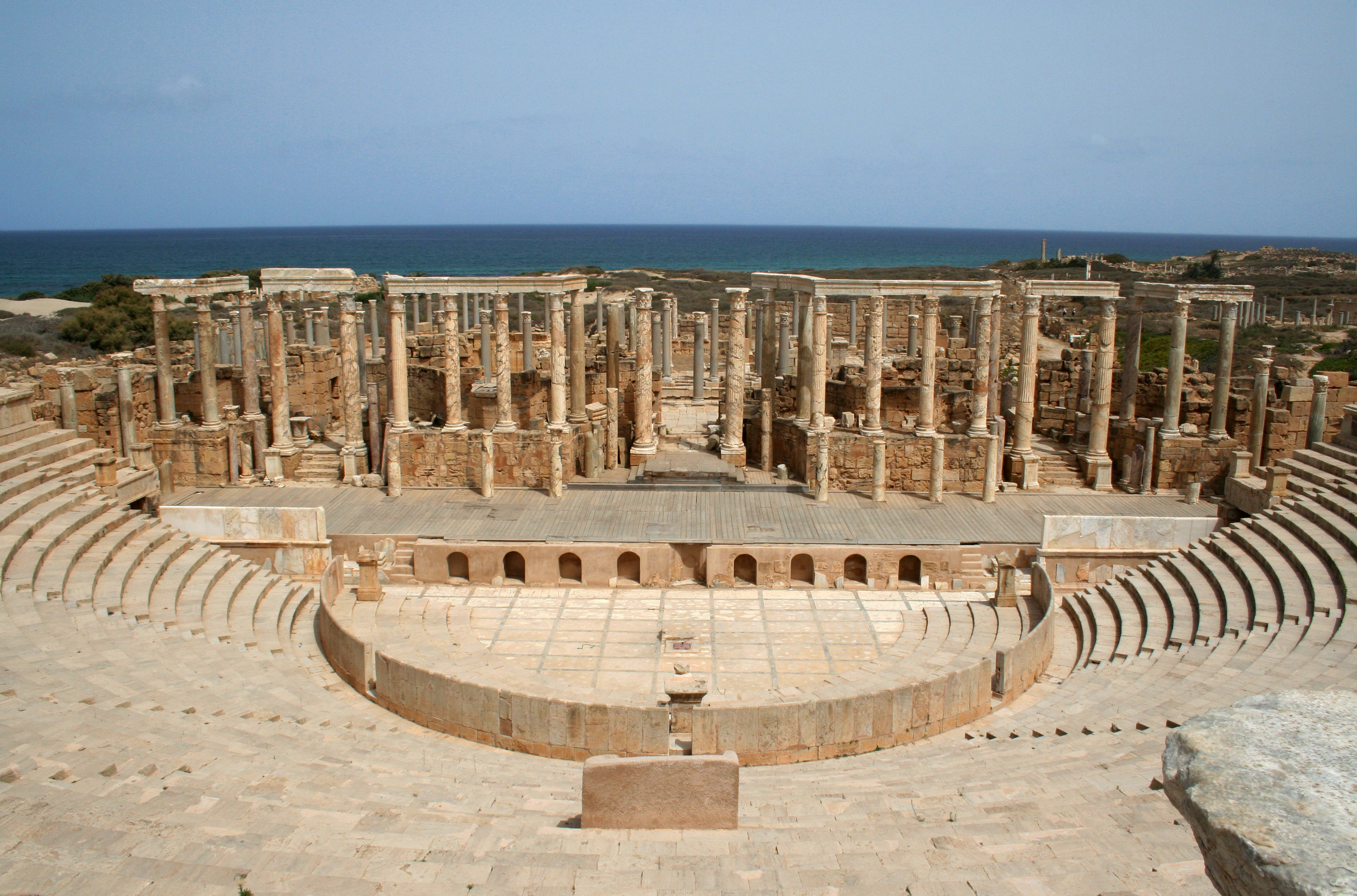|
Garabulli
Castelverde, also named Gasr Garabulli, is a town in the Tripoli District (''Tarabulus''), of the Tripolitania region in northwestern Libya. From 2001 to 2007 it was part of the Tajura wa Al Nawahi AlArba‘ District, which then was merged into Tripoli District. History Castelverde was founded as a colonial settlement in Italian Libya, and is a namesake of the town Castelverde in Lombardy, Italy. In June 2016, citizens took up arms to defend against a militia from the nearby city of Misrata after a dispute developed between them. During the conflict, a large blast killed 25 people. It's very popular for its sandy beaches and considered the best rated beach in the country. Geography The town is situated on the main road between Tripoli and Khoms, Libya, near the Mediterranean Sea coast. The new Libyan railway line passes through Castelverde. See also * Railway stations in Libya There were few railway stations built in Libya during the 20th century. The ones that were built ... [...More Info...] [...Related Items...] OR: [Wikipedia] [Google] [Baidu] |
Tripolitania
Tripolitania ( ar, طرابلس '; ber, Ṭrables, script=Latn; from Vulgar Latin: , from la, Regio Tripolitana, from grc-gre, Τριπολιτάνια), historically known as the Tripoli region, is a historic region and former province of Libya. The region had been settled since antiquity, first coming to prominence as part of the Carthaginian empire. Following the defeat of Carthage in the Punic Wars, Ancient Rome organized the region (along with what is now modern day Tunisia and eastern Algeria), into a province known as Africa, and placed it under the administration of a proconsul. During the Diocletian reforms of the late 3rd century, all of North Africa was placed into the newly created Diocese of Africa, of which Tripolitania was a constituent province. After the Fall of the Western Roman Empire in the 5th century, Tripolitania changed hands between the Vandals and the Byzantine Empire, until it was taken during the Muslim conquest of the Maghreb in the 8 ... [...More Info...] [...Related Items...] OR: [Wikipedia] [Google] [Baidu] |
Districts Of Libya
In Libya there are currently 106 districts, second level administrative subdivisions known in Arabic as ''baladiyat'' (singular ''baladiyah''). The number has varied since 2013 between 99 and 108. The first level administrative divisions in Libya are currently the governorates (''muhafazat''), which have yet to be formally deliniated, but which were originally tripartite as: Tripolitania in the northwest, Cyrenaica in the east, and Fezzan in the southwest; and later divided into ten governorates. Prior to 2013 there were twenty-two first level administrative subdivisions known by the term ''shabiyah'' (Arabic singular ''šaʿbiyya'', plural ''šaʿbiyyāt'') which constituted the districts of Libya. In the 1990s the shabiyat had replaced an older baladiyat system. Historically the area of Libya was considered three provinces (or states), Tripolitania in the northwest, Cyrenaica in the east, and Fezzan in the southwest. It was the conquest by Italy in the Italo-Turkish ... [...More Info...] [...Related Items...] OR: [Wikipedia] [Google] [Baidu] |
Tripoli District, Libya
Tripoli District ( ar, طرابلس عروس البحر, ''Aros Al baher Ṭarābulus'') is one of the 22 first level subdivisions (''بلدية'') of Libya. Its capital and largest city is Tripoli, the national capital. Tripoli District is in the Tripolitania region of northwestern Libya. The district has a shoreline along the coast of the Mediterranean Sea in the north (Gulf of Tripoli), Zawiya in the west, Jafara in the southwest, Jabal al Gharbi in the south and Murqub in the east. Per the census estimates of 2012, the total population in the region was 157,747 with 150,353 Libyans. The average size of the household in the country was 6.9, while the average household size of non-Libyans being 3.7. There were totally 22,713 households in the district, with 20,907 Libyan ones. The population density of the district was 1,126 persons per sq. km. Geography The district has a shoreline along the coast of the Mediterranean Sea in the north (Gulf of Tripoli). On land it borders ... [...More Info...] [...Related Items...] OR: [Wikipedia] [Google] [Baidu] |
Vehicle Registration Plates Of Libya
Libya requires its residents to register their motor vehicles and display vehicle registration plates. Current plates are European standard 520 mm × 110 mm. Current Series Libya's current series of license plates entered circulation in 2013, after Libyan Revolution and the overthrow of Gaddafi. Numbers on license plates are in Latin Alphabet, and all plates carry the Arabic text ليبيا meaning ''Libya'', in Naskh Script, either on the right hand side or the right top corner. Private Vehicles Private vehicle license plates are black on white and follow the format ''# - 1 to 999999 The First number (#), a 1 or 2 digit number consists of a code corresponding to Municipality in Libya. This number is separated by a dash from the registration code, which can be 1 to 6 digits. In the city of Tripoli, due to its larger population, 7-digit registration codes are also issued. Foreigner-owned Private Vehicles Foreigner-owned Private vehicle license plates are black on ... [...More Info...] [...Related Items...] OR: [Wikipedia] [Google] [Baidu] |
Libya
Libya (; ar, ليبيا, Lībiyā), officially the State of Libya ( ar, دولة ليبيا, Dawlat Lībiyā), is a country in the Maghreb region in North Africa. It is bordered by the Mediterranean Sea to the north, Egypt to the east, Sudan to the southeast, Chad to the south, Niger to the southwest, Algeria to the west, and Tunisia to the northwest. Libya is made of three historical regions: Tripolitania, Fezzan, and Cyrenaica. With an area of almost 700,000 square miles (1.8 million km2), it is the fourth-largest country in Africa and the Arab world, and the 16th-largest in the world. Libya has the 10th-largest proven oil reserves in the world. The largest city and capital, Tripoli, is located in western Libya and contains over three million of Libya's seven million people. Libya has been inhabited by Berbers since the late Bronze Age as descendants from Iberomaurusian and Capsian cultures. In ancient times, the Phoenicians established city-states and tr ... [...More Info...] [...Related Items...] OR: [Wikipedia] [Google] [Baidu] |
Tajura Wa Arba‘ District
Tajura ( ar, تاجوراء, translit=Tājūrā), also spelt ''Tajoura'', is a town in north-western Libya, and baladiyah in the Tripoli Muhafazah, on the Mediterranean coast east of Tripoli. From 2001 to 2007 Tajura was the capital of the Tajura wa Arba' District. Tajura is also known to be the most anti-Gaddafi district in Tripoli and had high casualties in the Libyan revolution. History The Ottoman Turks established a base at Tajura in 1531. Under the command of Hayreddin Barbarossa, the site was selected for its proximity to Tripoli which had come under the Knights of Malta in 1530 when Charles V of Spain, as King of Sicily, had given them Tripoli, Gozo and Malta. Tripoli was captured in the Siege of Tripoli. Tajura was the center of Libya's nuclear research, with a 10 megawatt reactor, built by the Soviet Union, which came online in 1981.Stockholm International Peace Research Institute (2005) ''SIPRI Yearbook 2005: Armaments, disarmament and international security'' ... [...More Info...] [...Related Items...] OR: [Wikipedia] [Google] [Baidu] |
Italian Libya
Libya ( it, Libia; ar, ليبيا, Lībyā al-Īṭālīya) was a colony of the Fascist Italy located in North Africa, in what is now modern Libya, between 1934 and 1943. It was formed from the unification of the colonies of Italian Cyrenaica and Italian Tripolitania, which had been Italian possessions since 1911. From 1911 until the establishment of a unified colony in 1934, the territory of the two colonies was sometimes referred to as "Italian Libya" or Italian North Africa (''Africa Settentrionale Italiana'', or ASI). Both names were also used after the unification, with Italian Libya becoming the official name of the newly combined colony. It had a population of around 150,000 Italians. The Italian colonies of Tripolitania and Cyrenaica were taken by Italy from the Ottoman Empire during the Italo-Turkish War of 1911-1912, and run by Italian governors. In 1923, indigenous rebels associated with the Senussi Order organized the Libyan resistance movement against Italian set ... [...More Info...] [...Related Items...] OR: [Wikipedia] [Google] [Baidu] |
Castelverde
Castelverde ( Lombard: ''Castegnìn'') is a ''comune'' (municipality) in the Province of Cremona in the Italian region Lombardy, located about southeast of Milan and about northwest of Cremona. Castelverde borders the following municipalities: Casalbuttano ed Uniti, Cremona, Olmeneta, Paderno Ponchielli Paderno Ponchielli ( Soresinese: ; Cremunés: ) is a ''comune'' in the province of Cremona, in Lombardy, northern Italy. Before the unification of Italy in 1861, the town was known just as Paderno. After unification, the new government called ..., Persico Dosimo, Pozzaglio ed Uniti, Sesto ed Uniti. References Cities and towns in Lombardy {{Cremona-geo-stub ... [...More Info...] [...Related Items...] OR: [Wikipedia] [Google] [Baidu] |
Lombardy
(man), (woman) lmo, lumbard, links=no (man), (woman) , population_note = , population_blank1_title = , population_blank1 = , demographics_type1 = , demographics1_footnotes = , demographics1_title1 = , demographics1_info1 = , demographics1_title2 = , demographics1_info2 = , demographics1_title3 = , demographics1_info3 = , timezone1 = CET , utc_offset1 = +1 , timezone1_DST = CEST , utc_offset1_DST = +2 , postal_code_type = , postal_code = , area_code_type = ISO 3166 code , area_code = IT-25 , blank_name_sec1 = GDP (PPS) , blank_info_sec1 = €401 billion (2019) , blank1_name_sec1 = GDP per capita , blank1_info_sec1 = €39,700 (2019) $51,666 (2016) (PPP) , blank2_name_sec1 = HDI (2019) , blank2_info_sec1 = 0.912 · 4th of 21 , blank_name_sec2 ... [...More Info...] [...Related Items...] OR: [Wikipedia] [Google] [Baidu] |
Misrata
Misrata ( ; also spelled Misurata or Misratah; ar, مصراتة, Miṣrāta ) is a city in the Misrata District in northwestern Libya, situated to the east of Tripoli and west of Benghazi on the Mediterranean coast near Cape Misrata. With a population of about 881,000, it is the third-largest city in Libya, after Tripoli and Benghazi. It is the capital city of the Misrata District and has been called the trade capital of Libya. The harbor is at Qasr Ahmad. Etymology The name "Misrata ⵎⵙⵔⴰⵜⴰ" derives from the Misrata tribe, a section of the larger Berber Hawwara confederacy, whose homeland in Antiquity and the early Islamic period was coastal Tripolitania.Deadly fighting rages in Libya's Bani Walid . '' [...More Info...] [...Related Items...] OR: [Wikipedia] [Google] [Baidu] |
Tripoli, Libya
Tripoli (; ar, طرابلس الغرب, translit= Ṭarābulus al-Gharb , translation=Western Tripoli) is the capital and largest city of Libya, with a population of about 1.1 million people in 2019. It is located in the northwest of Libya on the edge of the desert, on a point of rocky land projecting into the Mediterranean Sea and forming a bay. It includes the port of Tripoli and the country's largest commercial and manufacturing center. It is also the site of the University of Tripoli. The vast barracks, which includes the former family estate of Muammar Gaddafi, is also located in the city. Colonel Gaddafi largely ruled the country from his residence in this barracks. Tripoli was founded in the 7th century BC by the Phoenicians, who gave it the Libyco-Berber name ( xpu, 𐤅𐤉𐤏𐤕, ) before passing into the hands of the Greek rulers of Cyrenaica as Oea ( grc-gre, Ὀία, ). Due to the city's long history, there are many sites of archeological s ... [...More Info...] [...Related Items...] OR: [Wikipedia] [Google] [Baidu] |
Al Khums
Al-Khums or Khoms ( ar, الخمس) is a city, port and the de jure capital of the Murqub District on the Mediterranean coast of Libya with an estimated population of around 202,000. The population at the 1984 census was 38,174. Between 1983 and 1995 it was the administrative center of al-Khums District. Etymology The name ''al-Khums'' or ''Khoms'' ( ar, الخُمس )Fisher, Morris (1985) ''Provinces and provincial capitals of the world'' (2nd edition) Scarecrow Press, Metuchen, New Jersey, page 88, translated literally to " the quintile" in Arabic. The origin of the name is not clear. Several hypotheses include: * In Tripolitania the quinary numeral system was used in contrary to most other Arabic cultures, which used the decimal system. Khums and neighbouring villages were famous in producing olives and olive oil. Since the olives had to be counted, residents of other cities started to call the inhabitants 'Khumsi' (Quinary), from which the name Khums derived. * Khums cou ... [...More Info...] [...Related Items...] OR: [Wikipedia] [Google] [Baidu] |







